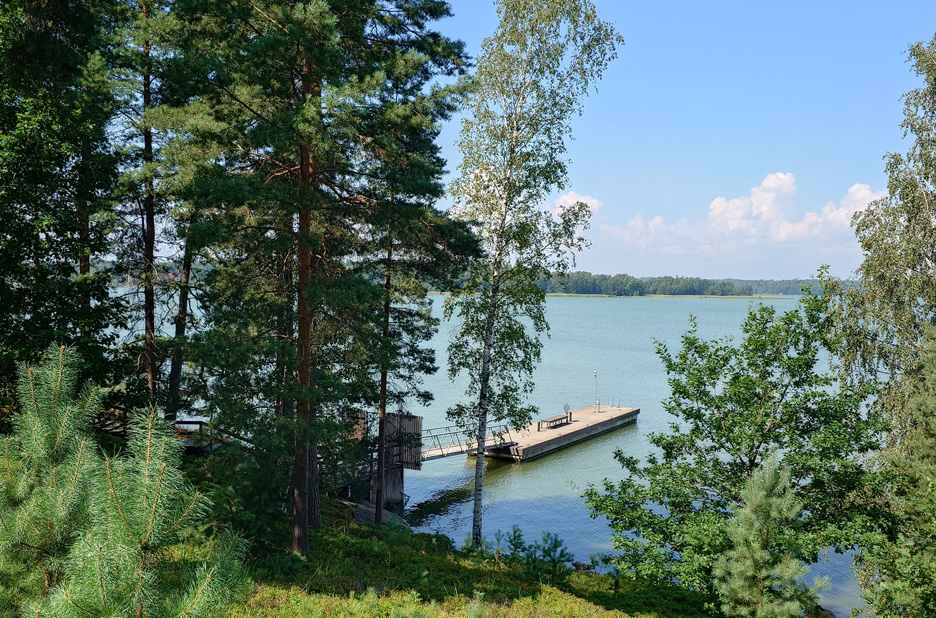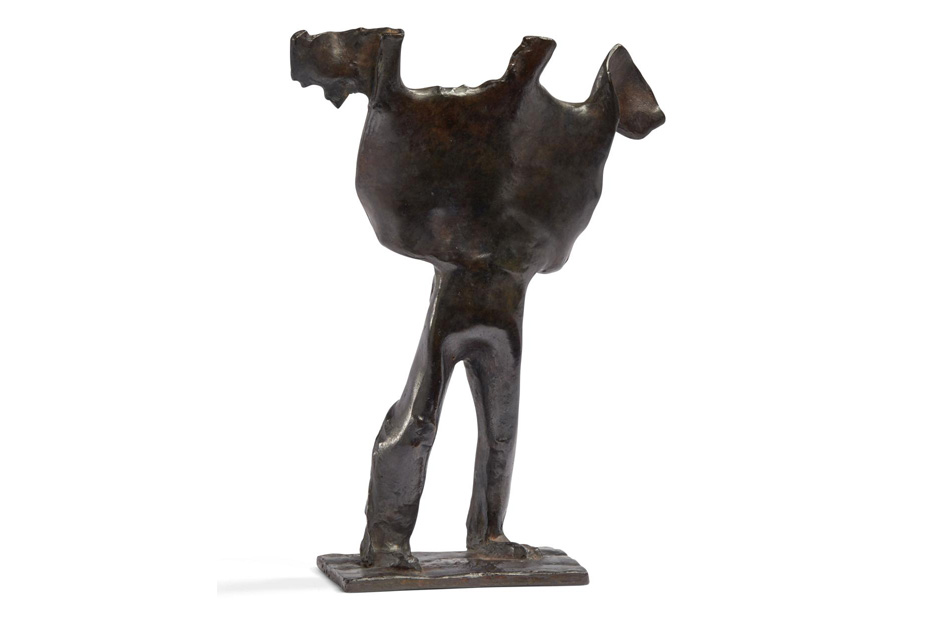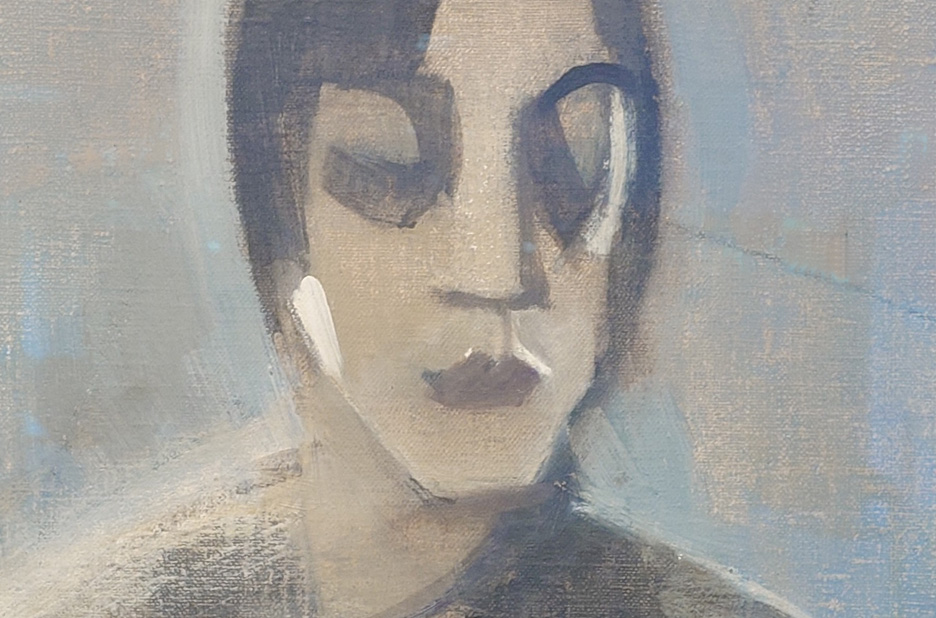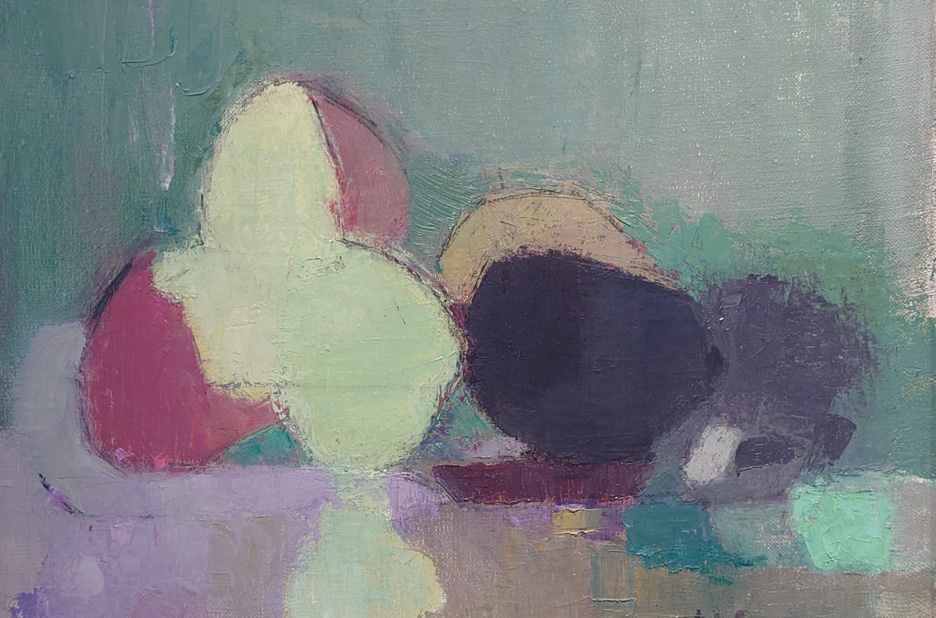Art
Modern!
Didrichsen Art Museum, Helsinki
4/5
The irreversible excitement of the modern
The Didrichsen Art Museum celebrates 60 years with this excellent little exhibition distilling the essence of modernity in chosen pieces from its collection supplemented with a few judicial loans.
A few words must be said about this beautiful modern space, a villa by the sea in the suburbs of Helsinki designed in 1957 by Viljo Revell for the collectors Gunnar and Marie-Louise Didrichsen. Reminiscent of Louisiana in Copenhagen although considerably smaller, this renovated luxurious space works well as a gallery with its pristine white walls, natural light and glorious views of the sea. Tall conifers line the approach and the feeling is almost Mediterranean on a warm sunny day. The small garden descending to the sea features several interesting sculptures, most notably Crescendo by Eila Hiltunen by the street entrance. The tidy jetty is even equipped for visits by boat, what a dreamy art visit that would make.


I have recently renewed acquaintance with the Klein blue, and Victoire de Samothrace blue supplements my appreciation while celebrating the link between the Mediterranean and Modernity via the deep roots of European culture. Parallel in shape and yet so different in meaning Germaine Richier’s Man in the night is simultaneously a man on a night out putting on his jacket slightly imbalanced after a few, and a night shadow which can give rise to visions of a night monster coming to scare or harm. Henry Moore was important to the Didrichsens, and yet Klein, Richier, Calder and Hiltunen appear stronger in their connections to the place and each other.

The Finnish soul of the exhibition is Helene Schjerfbeck represented with several portraits, one self-portrait, and one still life. The stunning Dark Lady from 1929 is a loan from the nearby Villa Gyllenberg. This elegant apparition projects a dark melancholic attitude and style with its white skin, straight dark hair, and a downwards glance laden with dark rings around its eyes, the whole complemented with a grey-black kimono-like shirt.

There is another version of the charming self-satisfied Californian here, slightly darker and more saturated than the one at the Reitz Collection. The Cezannesque Still life with blackening apples from 1944 shows the interesting Schjerfbeck line, geometric and organic at the same time, containing and spilling colour within a flat plane. The reflection of the apples on the table builds satisfying, solid but fleeting structures.

Self-portrait with black mouth from 1939 is anguished, as if desperately trying to say something to us which it is impossible to communicate. It is human condition laid bare, which late Schjerfbeck self-portraits observe with fascinating strength and unwavering focus.
Léger’s photogenic still life represents the selection well on the marketing material with its unapologetic colourful confidence. An early Kandinsky makes me wonder what would have happened had the artist taken a more natural path to abstraction. Perhaps then we would not be discovering Münter even today.
Joseph Albers’ squares of colouristic precision grow into Rothko’s spiritual magnanimity. Grey, white, purple from 1960 is said to be the only Rothko in Finland, and well worth seeing.
I like the way this small exhibition takes shape through the choices which are not overly trendy but based on the human dynamism of the pieces.